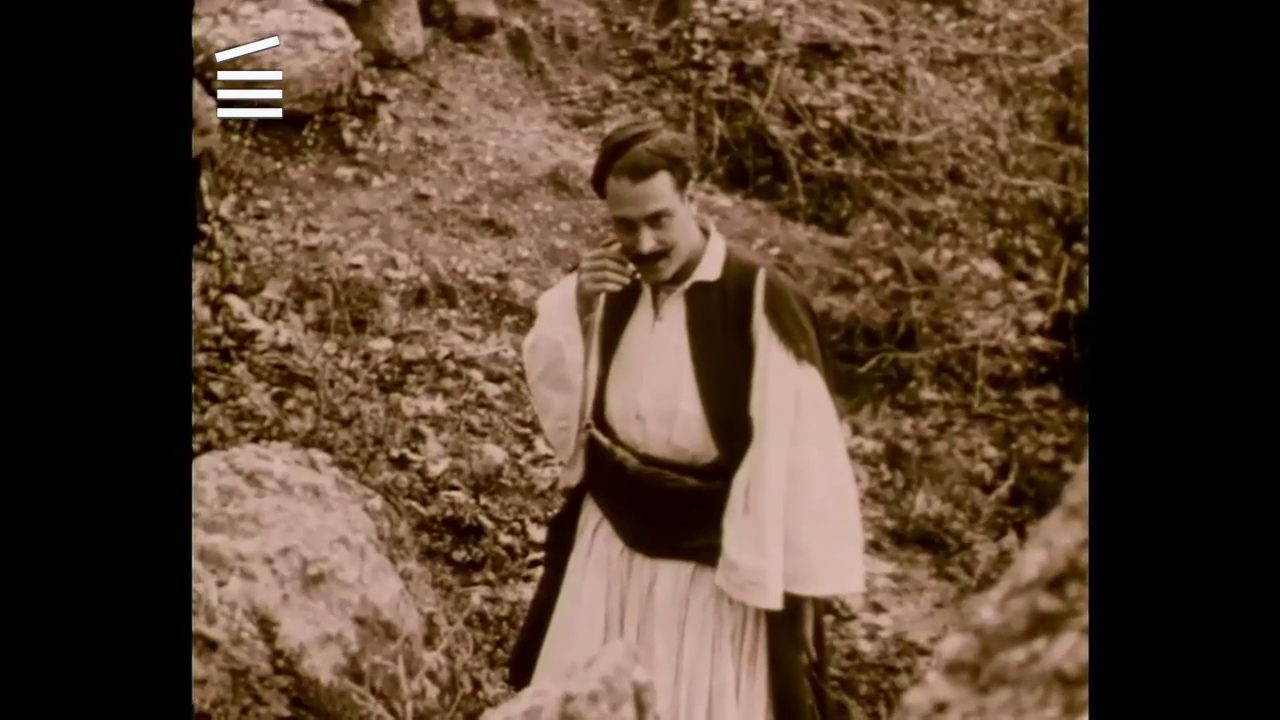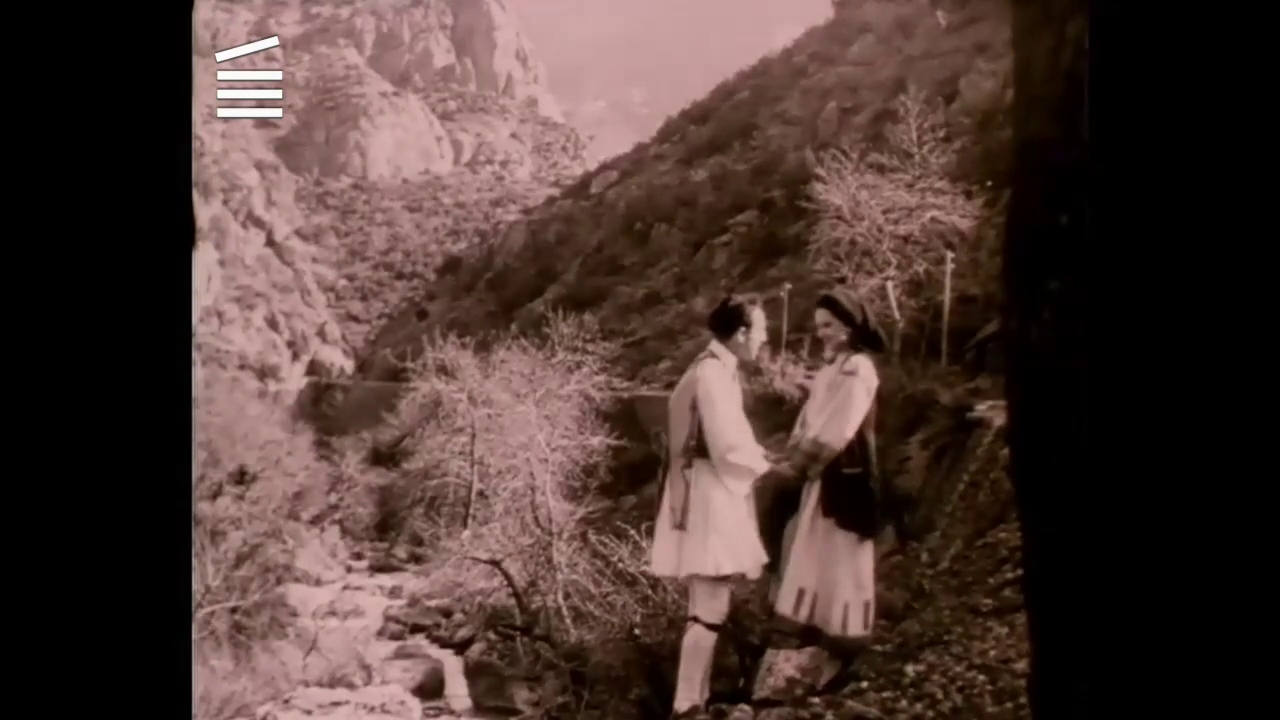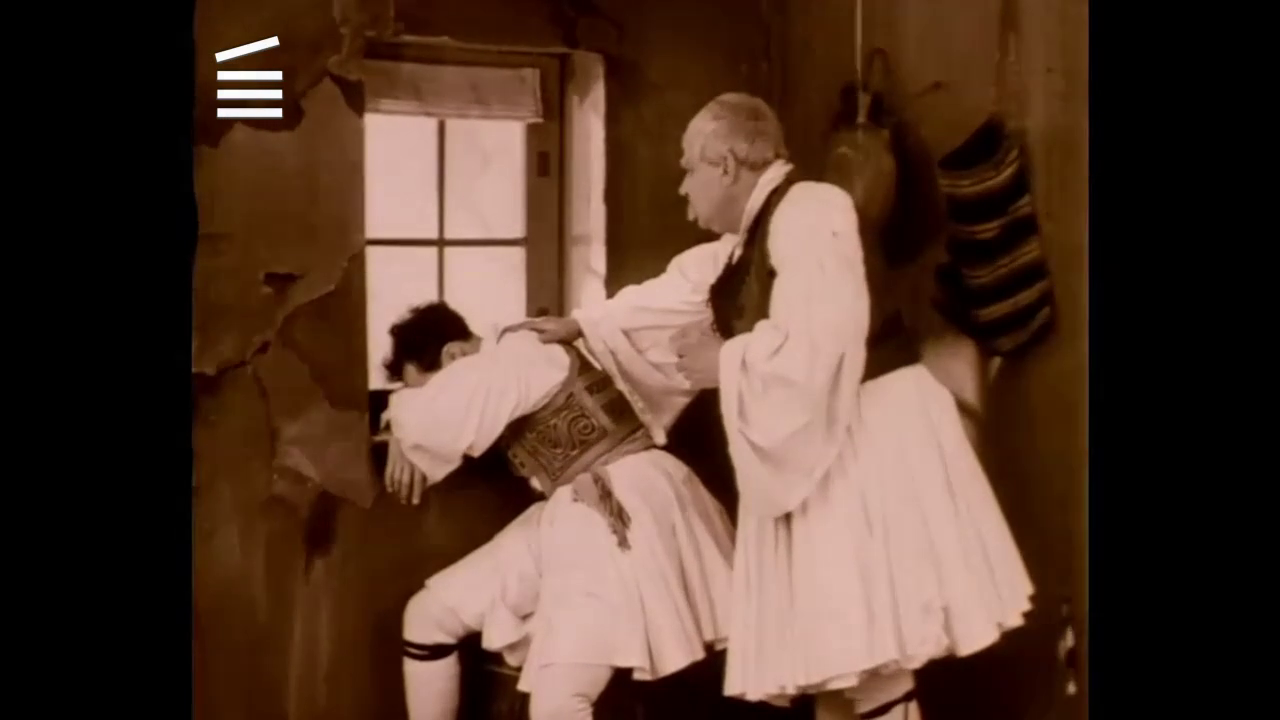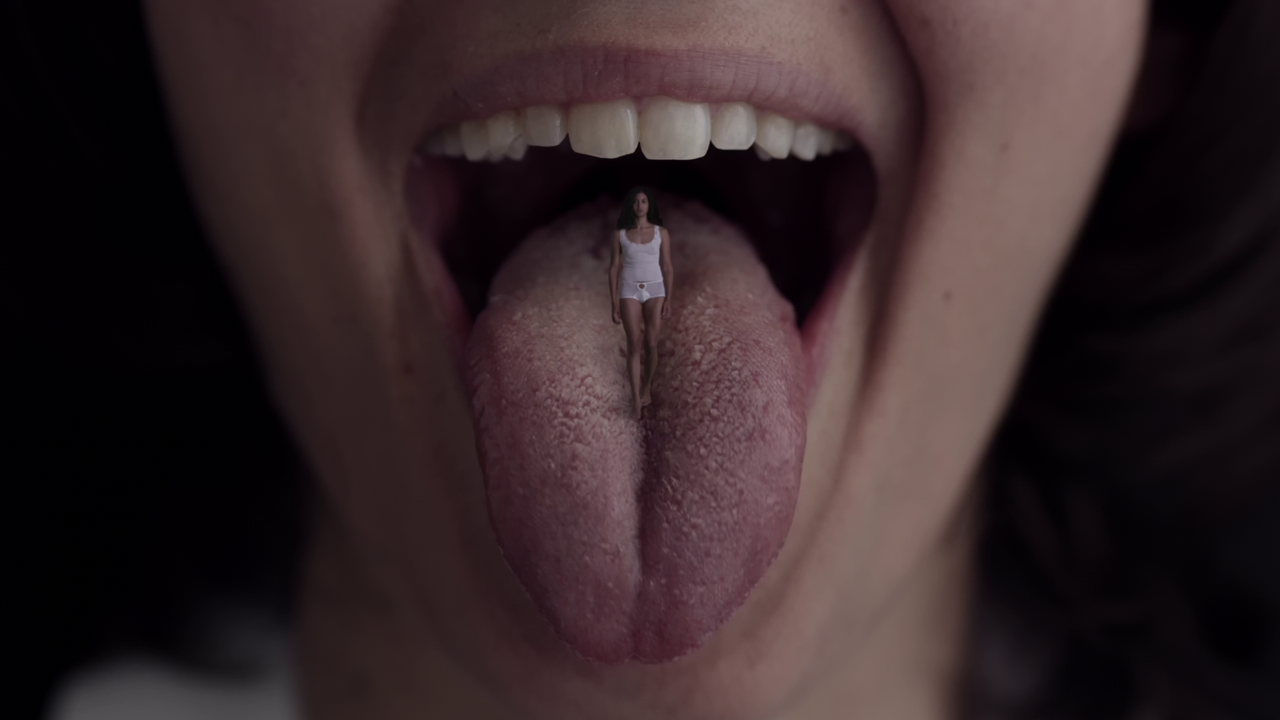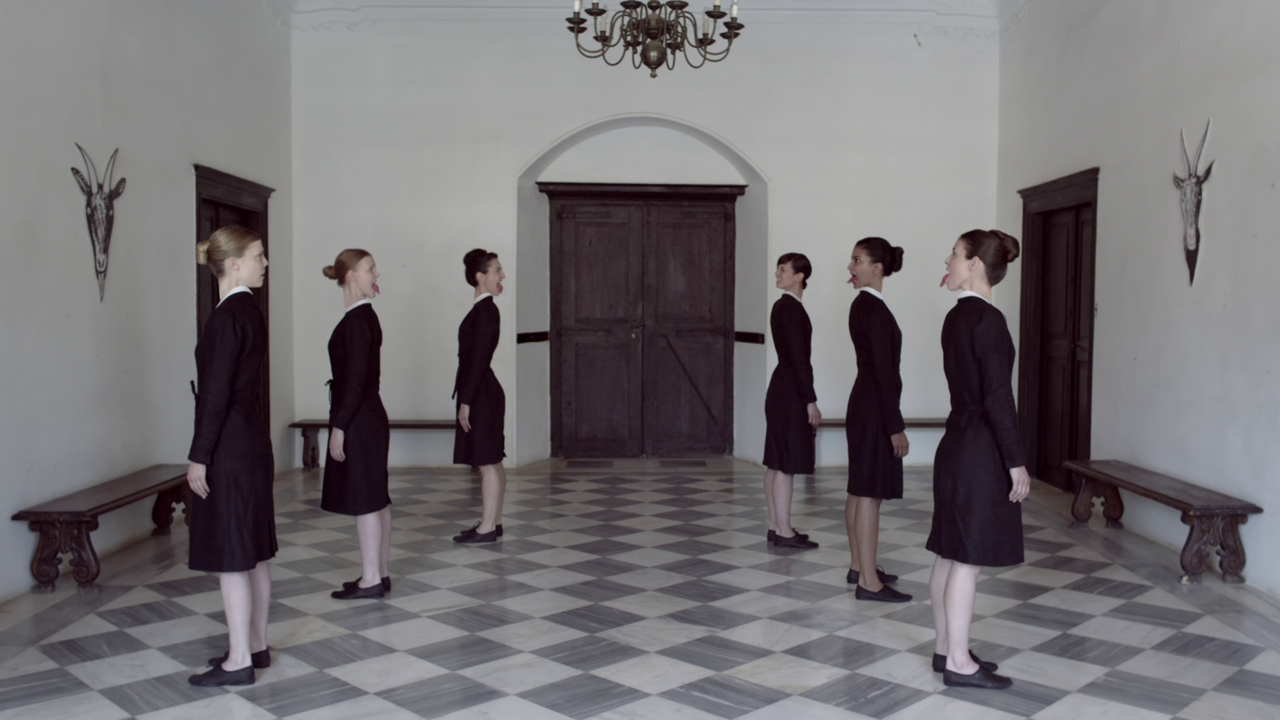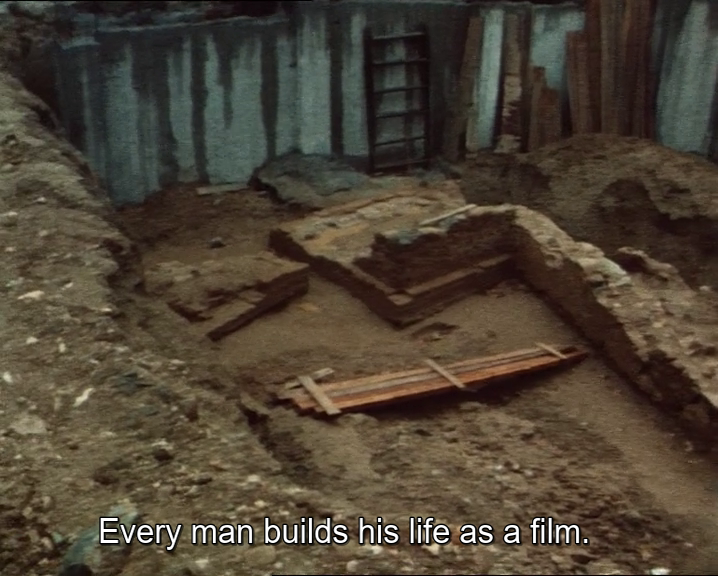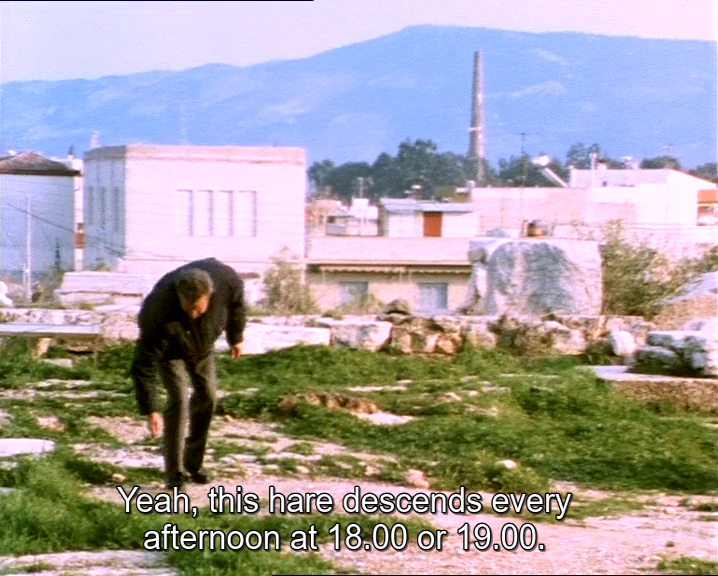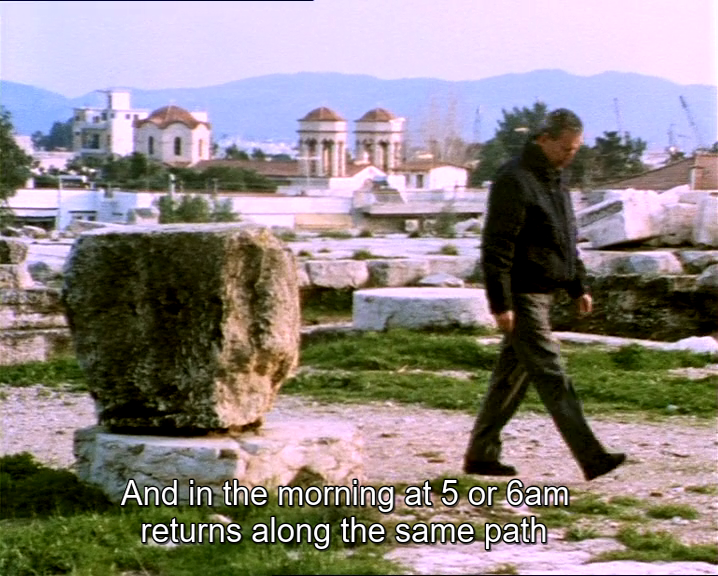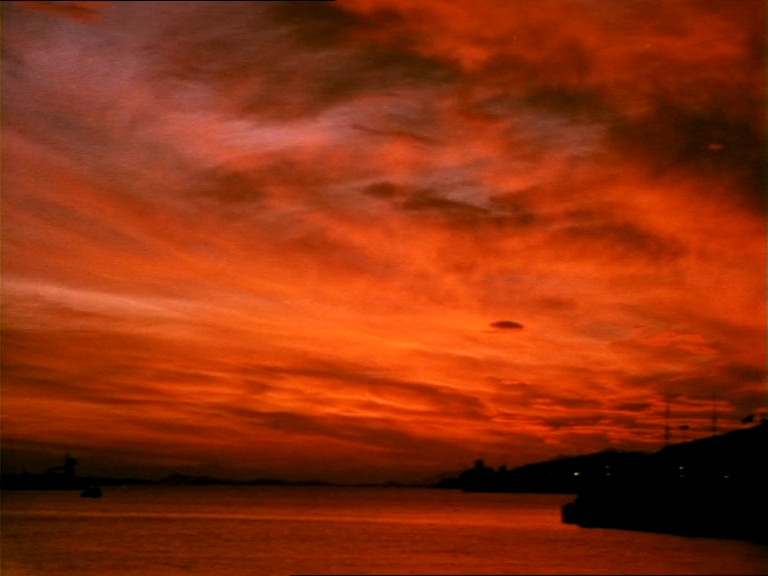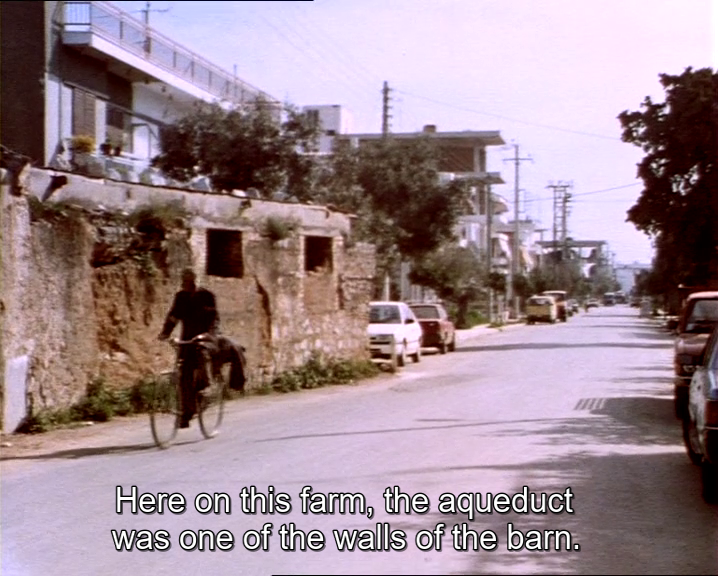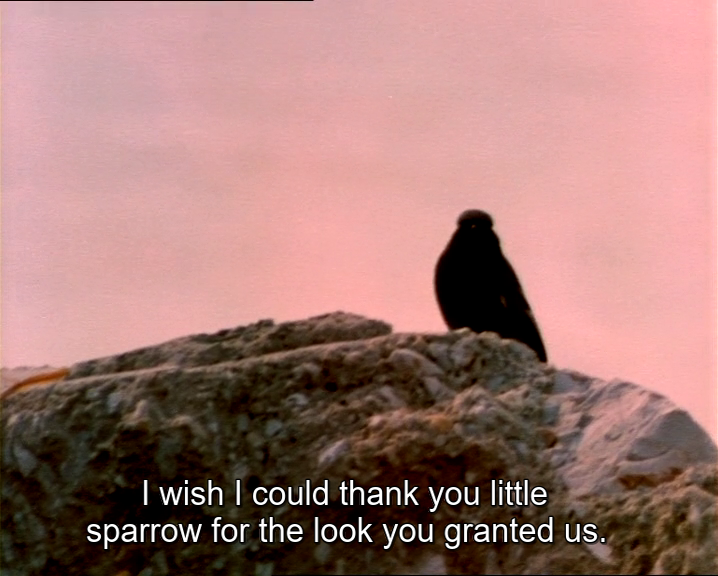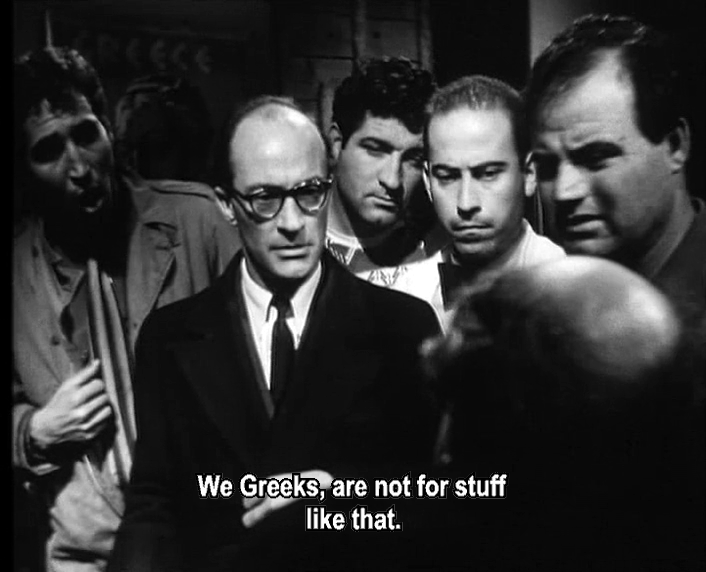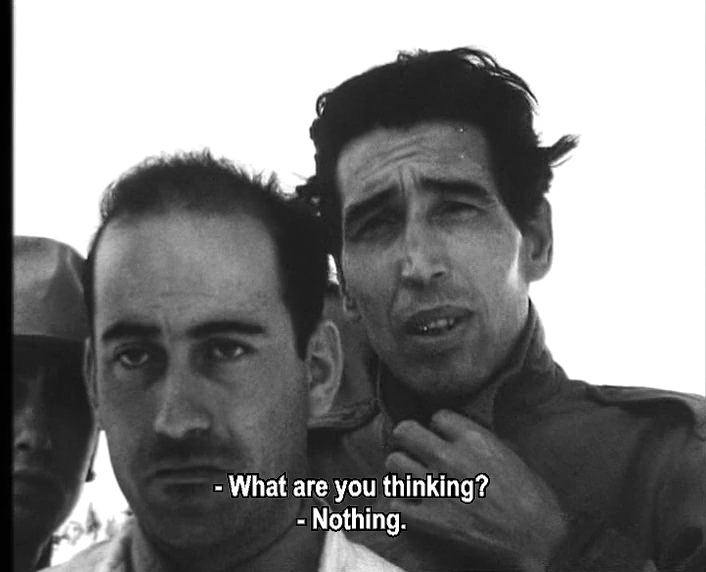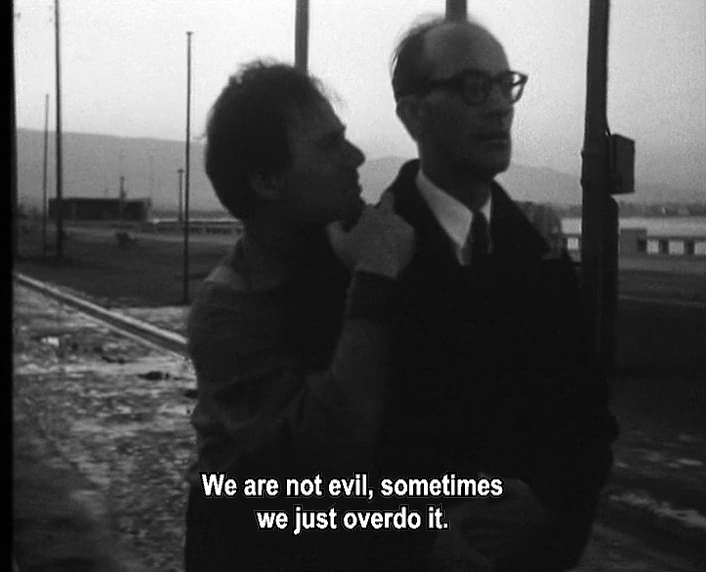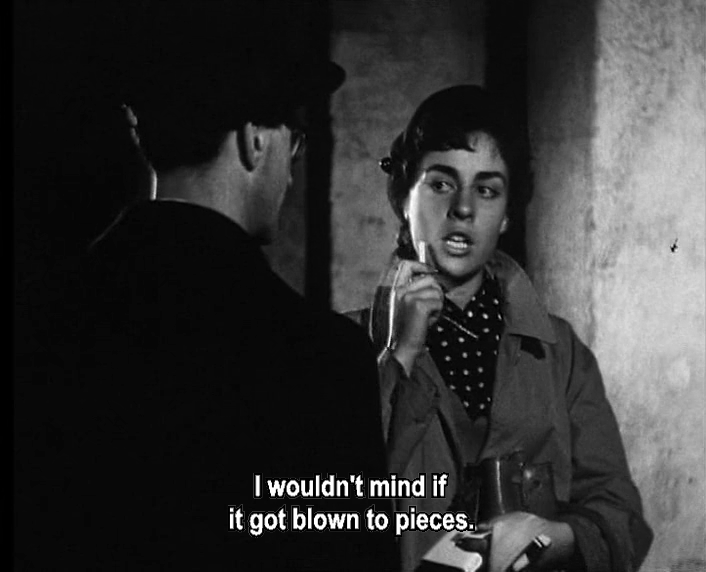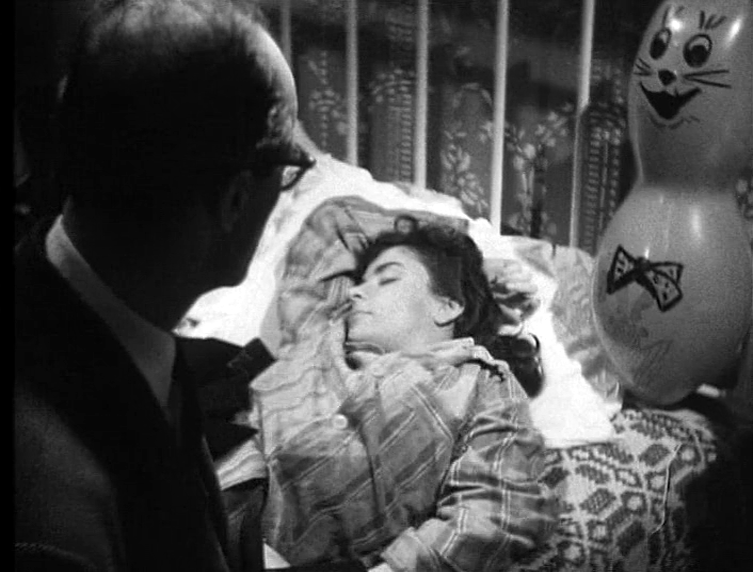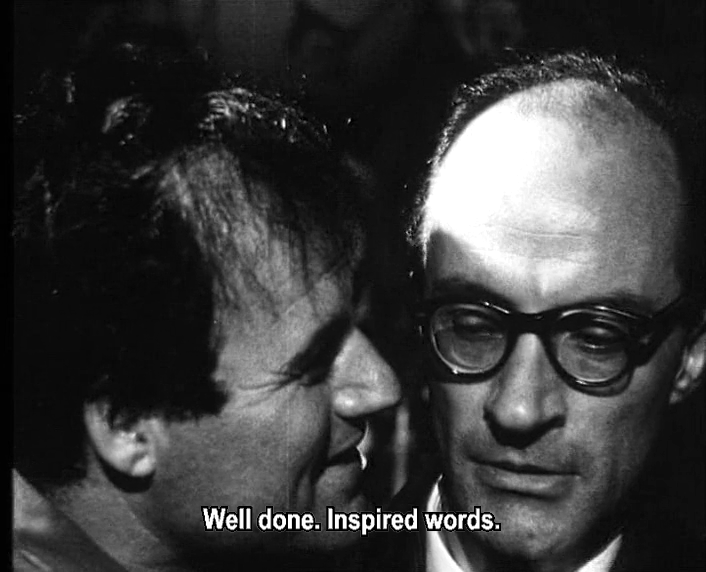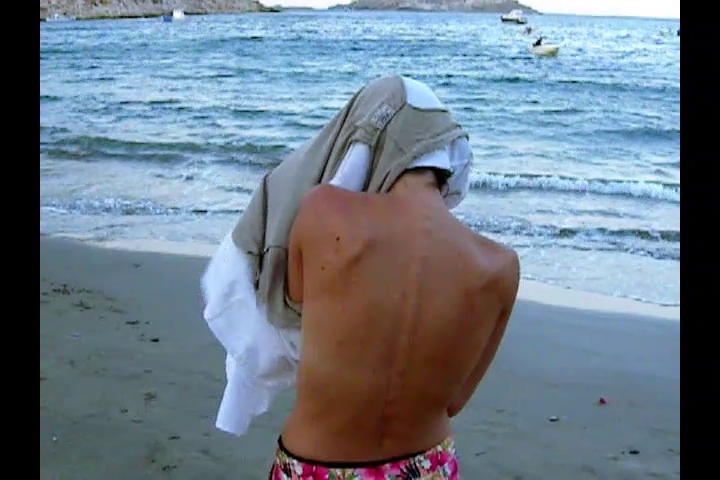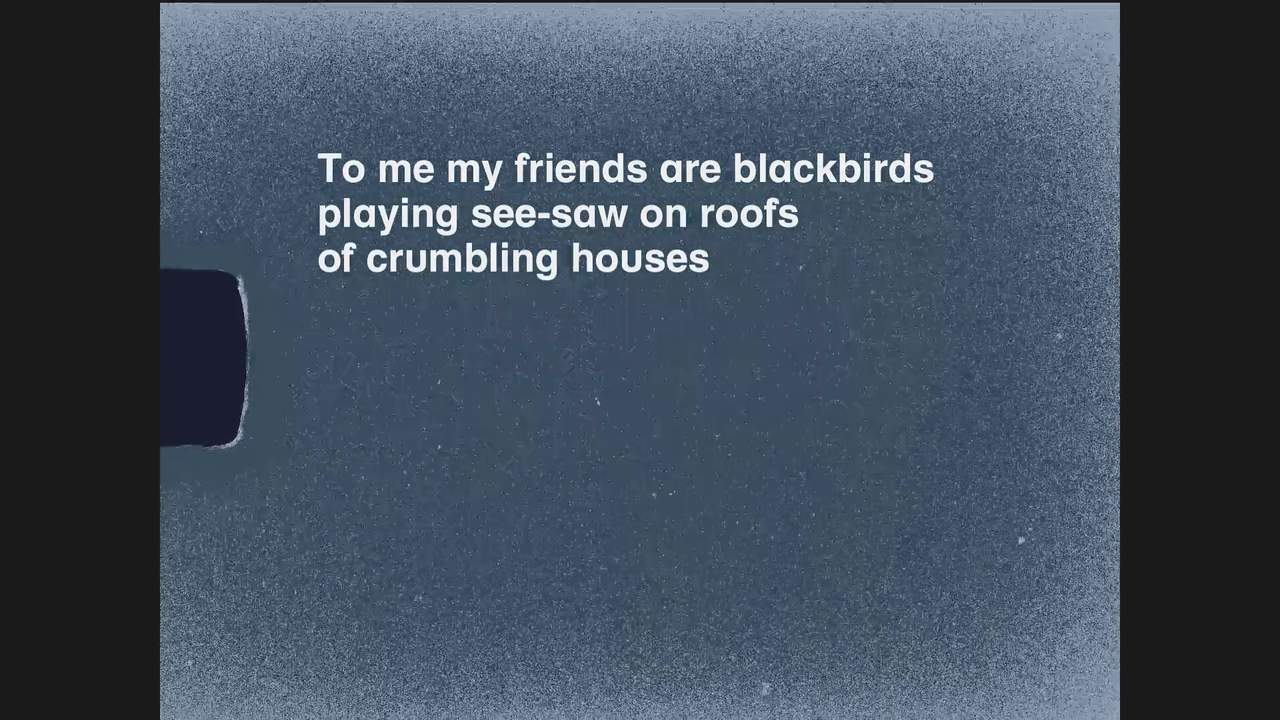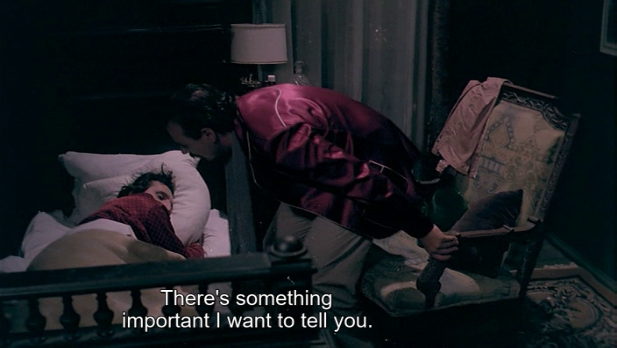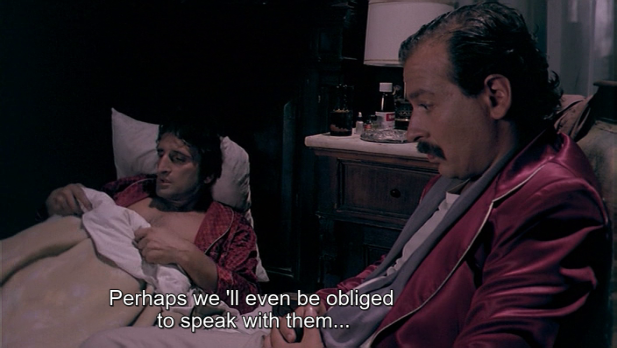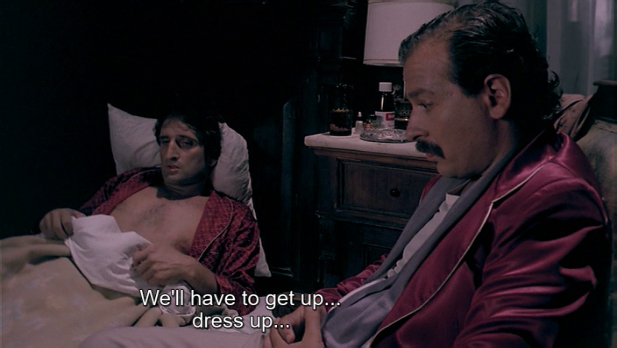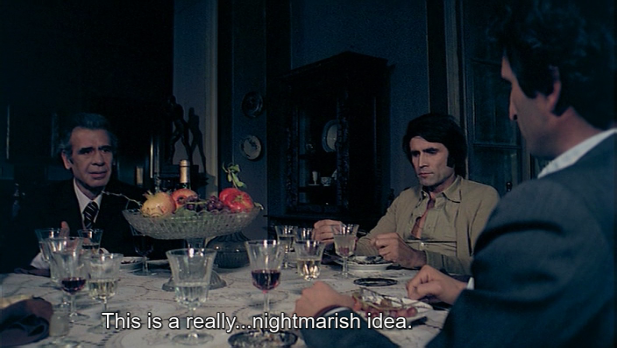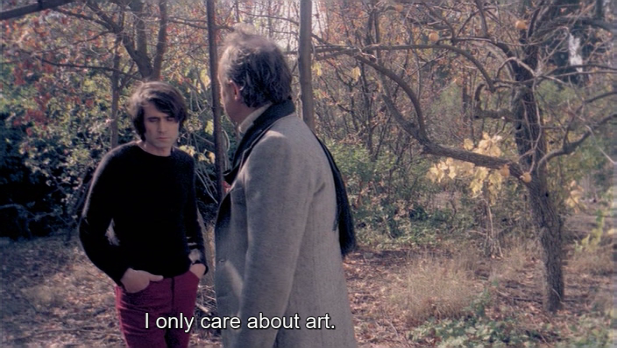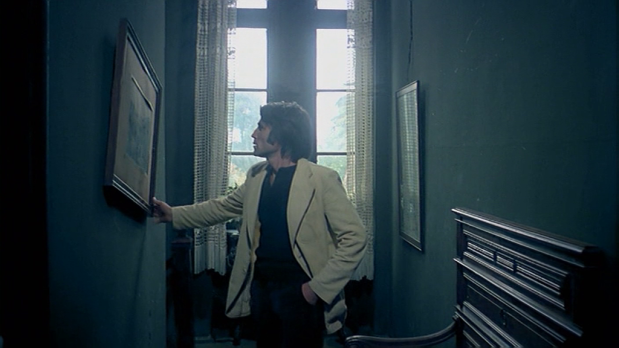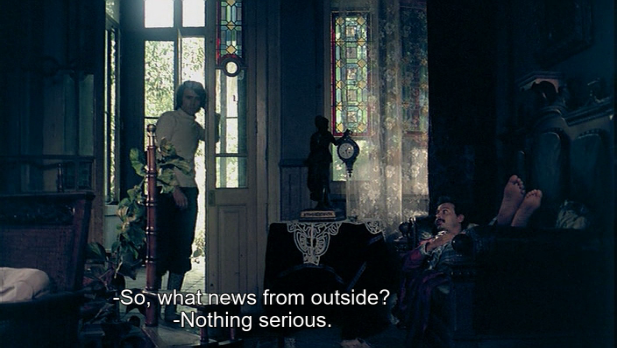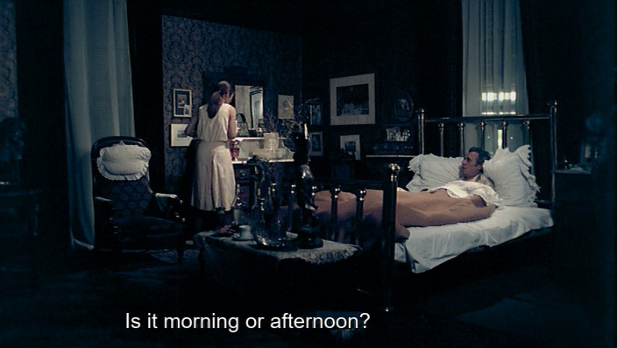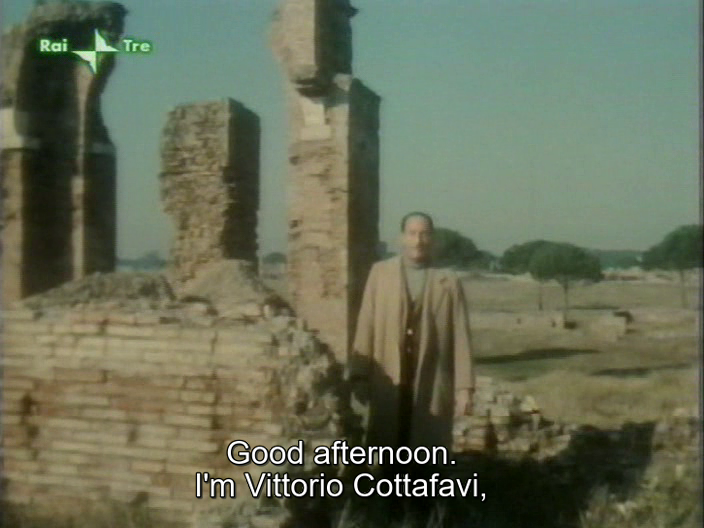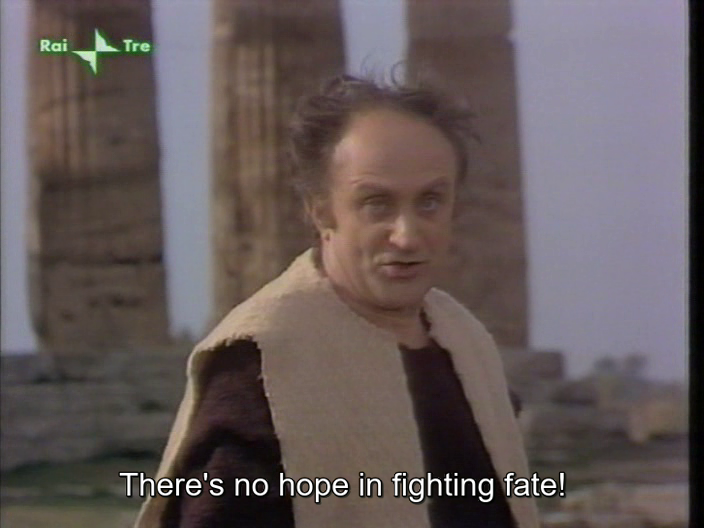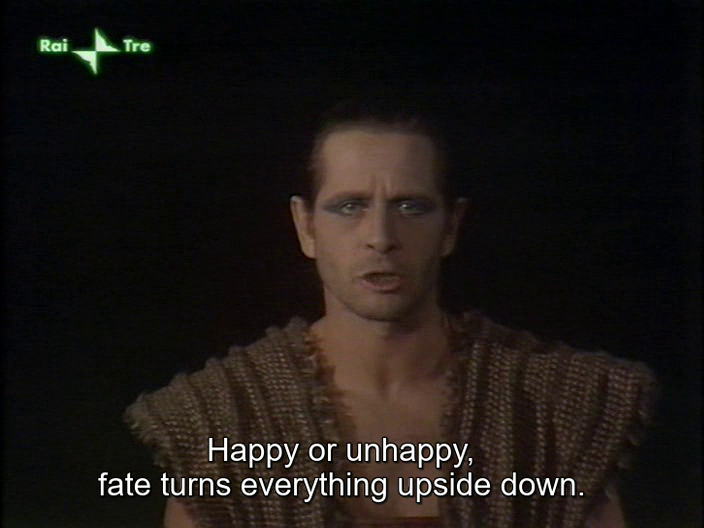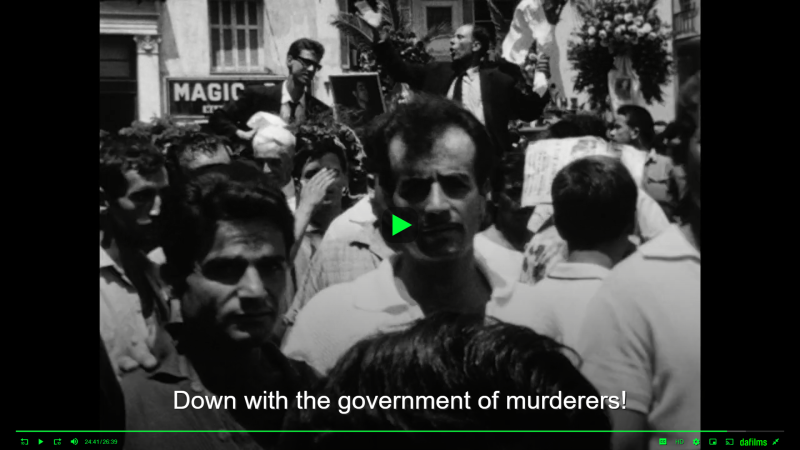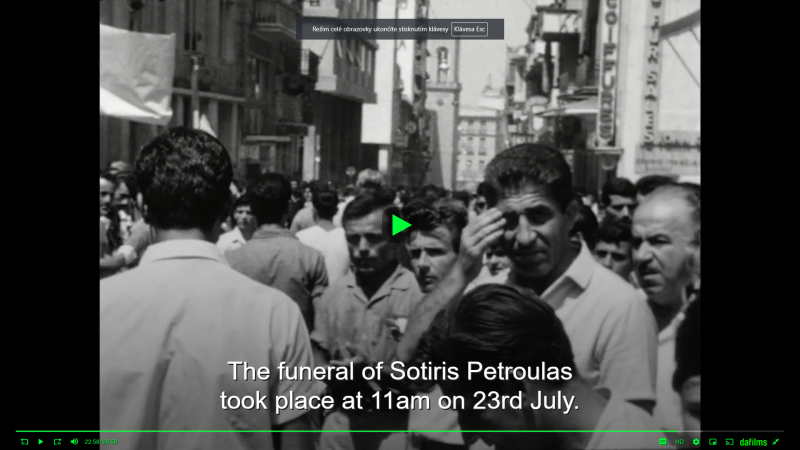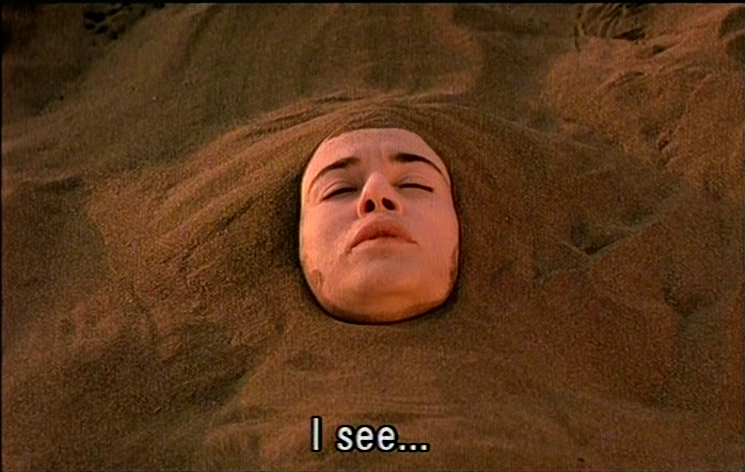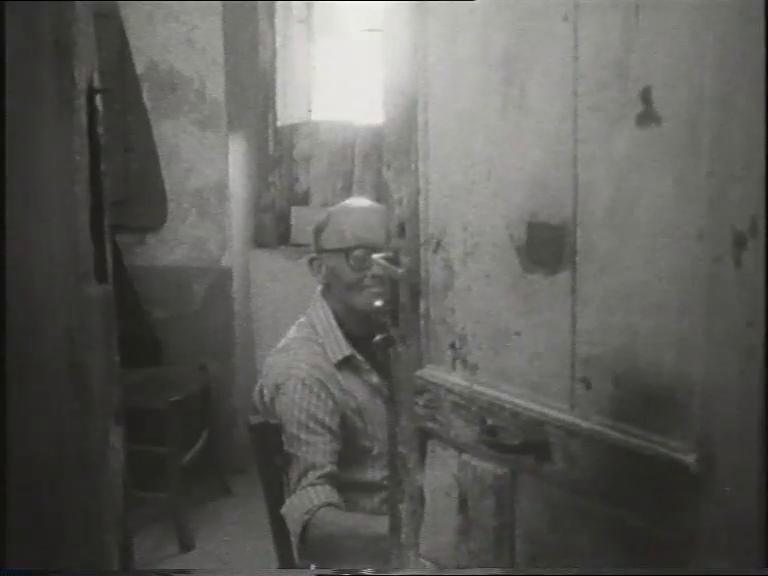the wizard of athens - ahilleas madras (1931)
#CoMoΕλλάδα
omg where to start, fever-dream doesn't do it justice. cottafavi might be addressing the audience in antigone out of intellectual courtesy, but i think back in the 30's the 'wizard' of this movie was actively trying to cast a spell on the viewers, the only explanation for such insanity and viz jiri, it clearly worked!
so, the 1931 wizard of athens, made by ahilleas madras and starring frida poupelina, utilises footage (i am guessing due to budget restraints, artistic intentions and the desire to just use the damn stuff) from the unreleased 1922 film the gypsy girl of athens, also made by ahilleas madras and starring frida poupelina. which is very economical HOWEVER, they even used the intertitles from the old film without modification, so without the least explanation the heroine alternates throughout the film as dollie (greek/english intertitles) and lily (greek/french intertitles) and this is mildly confusing before you even get to the plot which is, i am tentatively guessing, as follows:
demented american heiress with kitten fetish is sent to greece for education by father, she is briefly captivated by the ancient ruins where she hallucinates a horizontally split-screen montage of dancing nymphs crushed by hovering architecture, then there is a lengthy aside featuring contemporary (staged) street scenes and none of the main actors. back to dollie/lily living it up chased by suitors (one helpfully holds her shopping whilst she purchases a pram which she immediately fills with kittens) until she meets a thief masquerading as a prince, who then abducts her to steal her pearls (black) after a party where she tries out her new swan dance. the thief throws her off the cliff where finally, after over half way through the movie, she is rescued by the wizard (this 'hero' who is actually way too old to be playing the role), who is so magic that she decides to abandon everything to live with him. until one day when some old rich south american (?) industrialist falls over in front of her, which is the prompt for her to leave the wizard and marry the industrialist (this wedding is conveyed using the exact same footage of her earlier swan dance party). the wizard is very sad so he takes a lot of drugs. meanwhile the industrialist's OCTOGENARIAN sister flies in and starts dance-flirting all over the place causing such a scandal that the industrialist decides to return home with the heroine, who discovers birds, rabbits, haymaking, and putting grapes in the mouths of poor children. during this time the wizard decides to try to reclaim dollie/lily, who runs off with him again and they make a living performing risque smut in hotels (cue bizarre dance scene where she pulls a snake between her legs) however industrialist turns up, takes her back, wizard is still sad, tries again to get her, only for her to say she can't escape industrialist, so the wizard prepares to leave, she seeing him leave falls off a cliff and drowns, so then he seeing her drowned also throws himself off a cliff and drowns beside her. the end.
i am unable to gif it for the pure filth thread, but also there is the most hilarious knife-polishing scene i've seen in a while
highly recommended.































